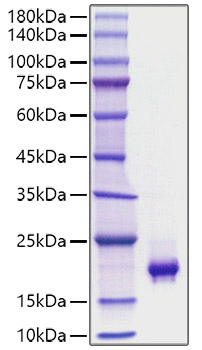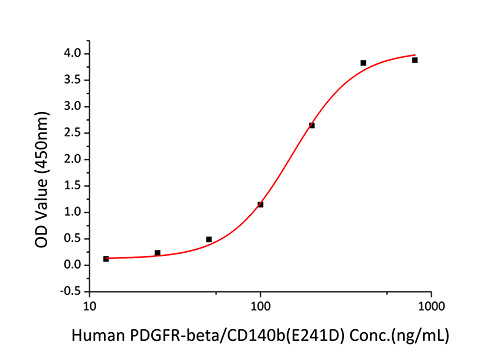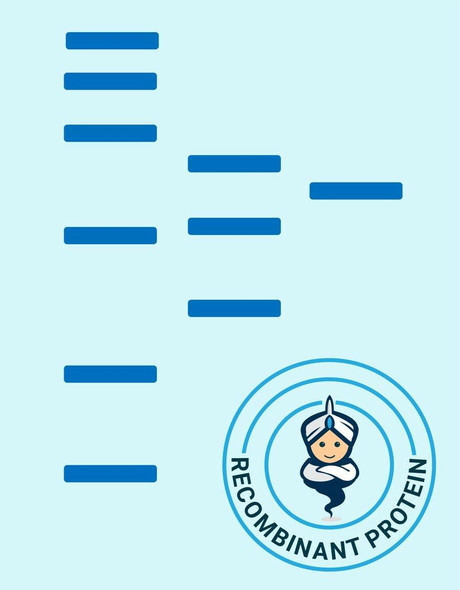PDGFs are mitogenic during early developmental stages, driving the proliferation of undifferentiated mesenchyme and some progenitor populations. During later maturation stages, PDGF signalling has been implicated in tissue remodelling and cellular differentiation, and in inductive events involved in patterning and morphogenesis. In addition to driving mesenchymal proliferation, PDGFs have been shown to direct the migration, differentiation and function of a variety of specialised mesenchymal and migratory cell types, both during development and in the adult animal. Other growth factors in this family include vascular endothelial growth factors B and C (VEGF-B, VEGF-C)which are active in angiogenesis and endothelial cell growth, and placenta growth factor (PlGF) which is also active in angiogenesis. PDGF plays a role in embryonic development, cell proliferation, cell migration, and angiogenesis. PDGF is a required element in cellular division for fibroblast, a type of connective tissue cell. PDGF is also known to maintain proliferation of oligodendrocyte progenitor cells. Platelet-derived growth factor subunit B is also known as PDGFB, FLJ12858, PDGF2, SIS, SSV, c-sis, is a member of the platelet-derived growth factor family. PDGFB can exist either as a homodimer (PDGF-BB) or as a heterodimer with the platelet-derived growth factor alpha polypeptide (PDGF-AB), where the dimers are connected by disulfide bonds. Mutations in this gene are associated with meningioma.








